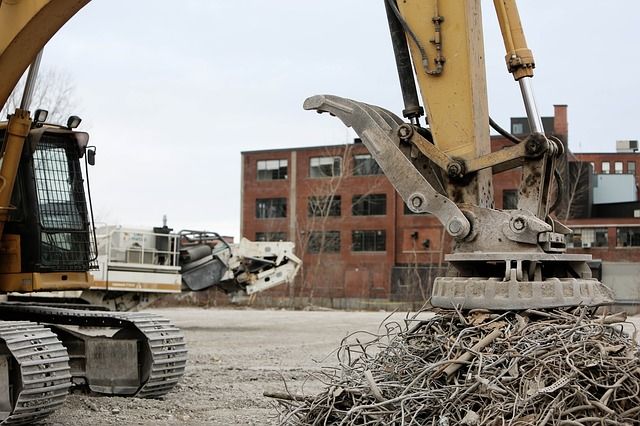You’ve probably seen one somewhere but you just can’t remember. At one point, you might have mistaken it for gold because of its gold-like sheen. Yes, that’s brass, and you’ll find no other metal except gold that has that distinctive, elegant appearance. However, there is more to brass than just appearance. It has a range of useful properties that are notable in the metalworking industry.
Low Melting Point
In the movie Terminator 2: Judgment Day, there were scenes wherein the antagonist T-1000 (made of liquid metal) melted after being blasted and went brittle when soaked in liquid nitrogen. Although just an exaggeration, those are what can happen to most metals when they’re exposed to extreme temperatures. Remarkably, some metals like brass have higher tolerance. Brass is well-known for having a low melting point, which makes it a perfect casting material. It also doesn’t become brittle at low temperatures unlike most metals, so you can expect it to endure in the worst environmental conditions.
Malleability and Ductility
It’s interesting how metal with such a low melting point can be so malleable and ductile. Brass can be hammered or rolled into thin sheets more easily than most metals. It can also be drawn into small wires without breaking. It’s no wonder why brass is the preferred material for making small machine parts, fixtures, and intricate decorative elements.
Friction Resistance
Most metals would immediately heat up when rubbed against each other. Some may even spark when slid on the surface of another metal at high speed. Although unique, this characteristic isn’t really beneficial. Apart from potentially causing fire, it can severely damage adjacent non-metal machine parts, which could in turn break the machine or reduce its performance.
Conductivity
With all this heat and friction resistance, you may think that brass is no longer electrically conductive. In truth, it has good electrical conductivity ranging from 23 to 44 percent that of pure copper. This means brass can still perform well as a machine part through which electricity have to be conveyed. Its heat resistance makes it an even better conductor, since it won’t easily succumb to the heat generated by electricity.
It helps to learn about these amazing properties of brass before you decide to use it for your project. However, not all brass supplies are the same. Because they vary in zinc content, they also come in different qualities. Consult with top brass suppliers like Rotax Metals about the type of brass you need to make sure that you will pick the right material and make the most out of its properties.
About Rotax Metals: Rotax Metals is a premier metal supplier in North America that has been in operation since 1947. With decades of experience in providing for all kinds of project, we are confident that we can deliver the highest quality brass, copper, and bronze supplies. We cater to various industries, including construction and metalworking. We even deliver materials to artisans and metal suppliers.
Sources:
Properties of Brass, gharpedia.com
Properties of Brass Metal, bizfluent.com



